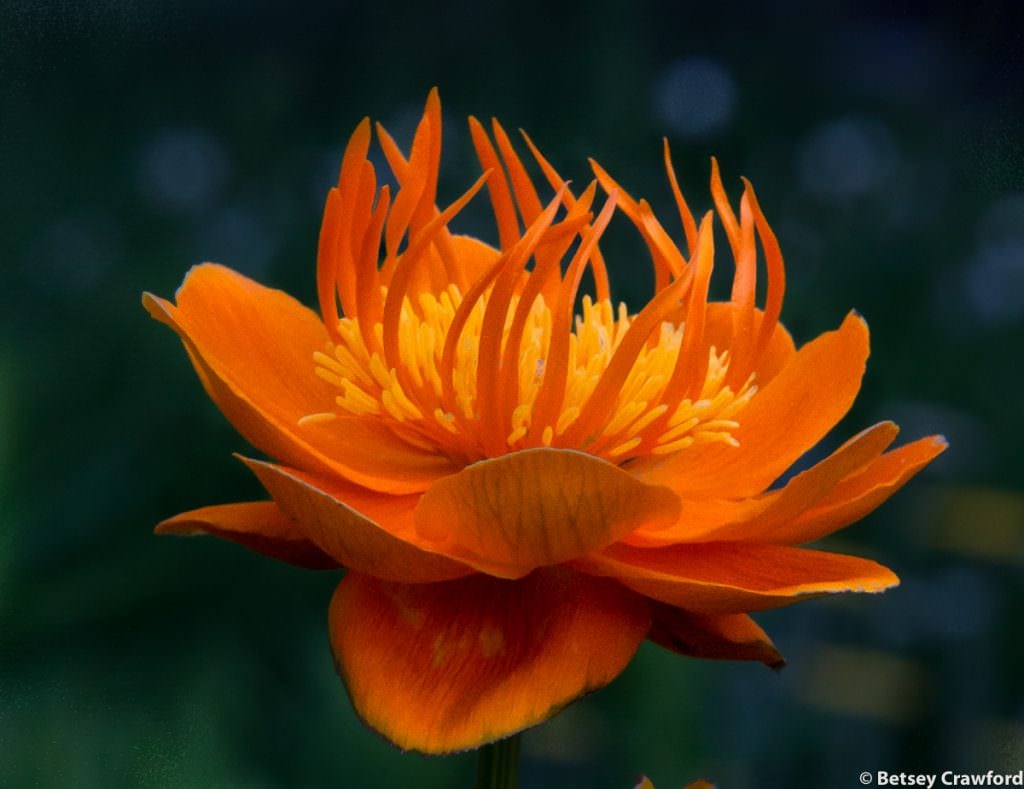 When I first saw the picture of the trollius above, I was struck by how ferocious it looked, though the trollius itself didn’t inspire that thought when I took it. It was the only time I’d ever associated the word ‘ominous’ with a flower. I was reminded of it this fall, as I took pictures of fading flowers and my beloved seedheads. I realized that some, in their withered and darkened states, were slightly spooky. Others were ghost-like. One even had a seed pod like a withered claw.
When I first saw the picture of the trollius above, I was struck by how ferocious it looked, though the trollius itself didn’t inspire that thought when I took it. It was the only time I’d ever associated the word ‘ominous’ with a flower. I was reminded of it this fall, as I took pictures of fading flowers and my beloved seedheads. I realized that some, in their withered and darkened states, were slightly spooky. Others were ghost-like. One even had a seed pod like a withered claw.
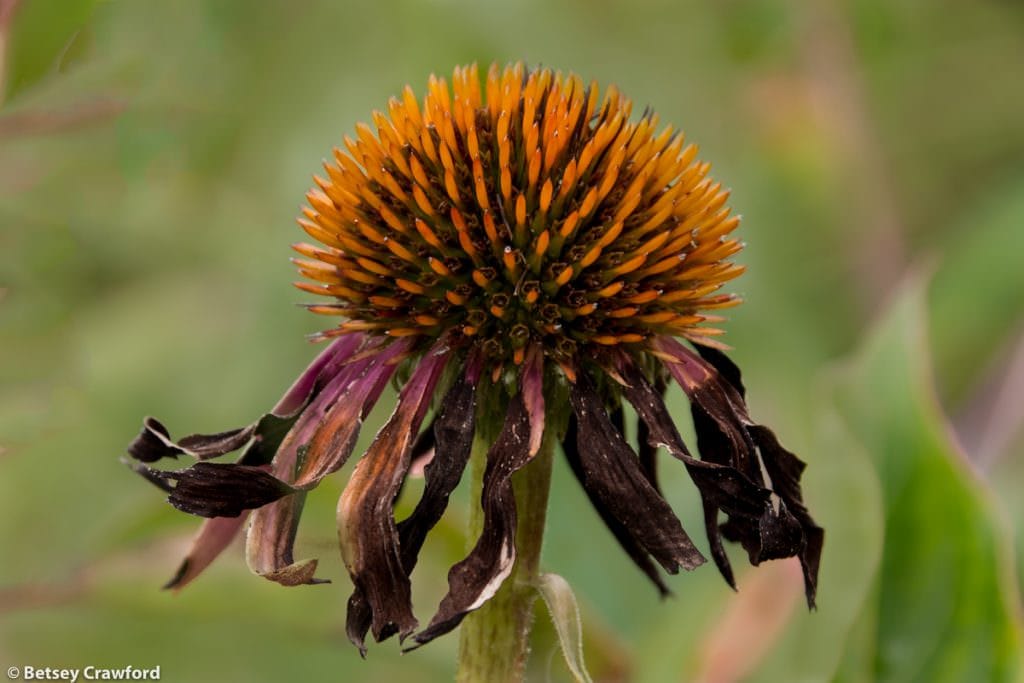
So I decided to do a Halloween post celebrating the slightly ominous in flowers. As I went through my collection, I was amazed at how many I found to fit this theme, whether it was a shape, or the play of the light, or the possession of spines, or the dark lure of fading petals, or simply Halloween’s emblematic color.
I have photos to celebrate Halloween for years. For this one, something fairly typical of me happened — I was attracted to all the orange flowers. If asked, I would say my favorite colors are in the lavender/purple spectrum, but orange is a close second.
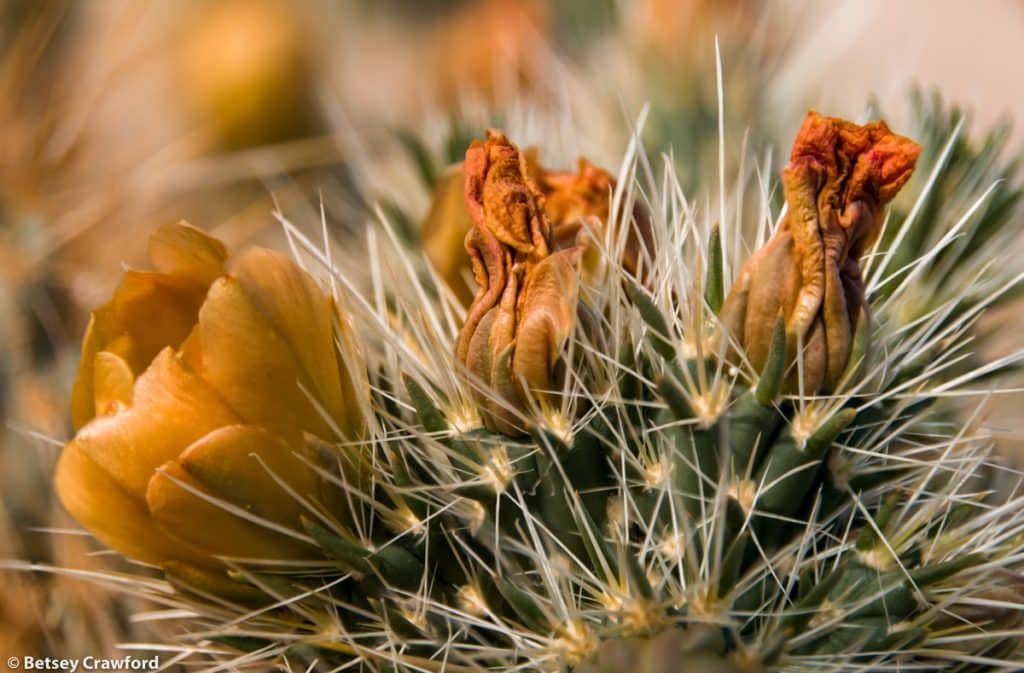
It’s not a common color for flowers, particularly in the wild. On Mike Haddock’s wonderful Kansas wildflowers site, he includes 10 orange flowers in a section with pink and red flowers. Yellow flowers get their own section to accommodate 192 different flowers. Blues and purples are a close second at 186. Whites dwarf them all at 312.
There is a wider variety of orange flowers for gardeners and florists because growers and propagators aren’t depending on native plants alone. They find plants all over the globe, and encourage the colors they want by creating cultivars of likely prospects.
Our color readers are cone shaped neurons embedded in our retina, six million in each eye. Almost two-thirds of them preferentially read the longer wavelengths of the warm colors — red, orange, yellow. They are able to distinguish more color variation in those tones than in blue or purple ones, which are transmitted by only 2% of our cones. The remaining third are dedicated to green wavelengths. From those ranges come all the color variations we are sensitive to.

The carotenes in orange flowers — the same chemicals that make orange fruits and vegetables so good for us — selectively absorb and reflect light waves of specific lengths. The reflected ones enter our pupils, excite the cones that are receptive to that length. Our brain then tells us that we are looking at orange.
Without brains to interpret the messages brought by these wavelengths, there would be no color. The flower would still have carotenes, the light waves from the sun would still both be absorbed and bounce off it, cones would even get stimulated. But they only telegraph their excitement. The brain — ours, a hummingbird’s, a butterfly’s — translates the result.
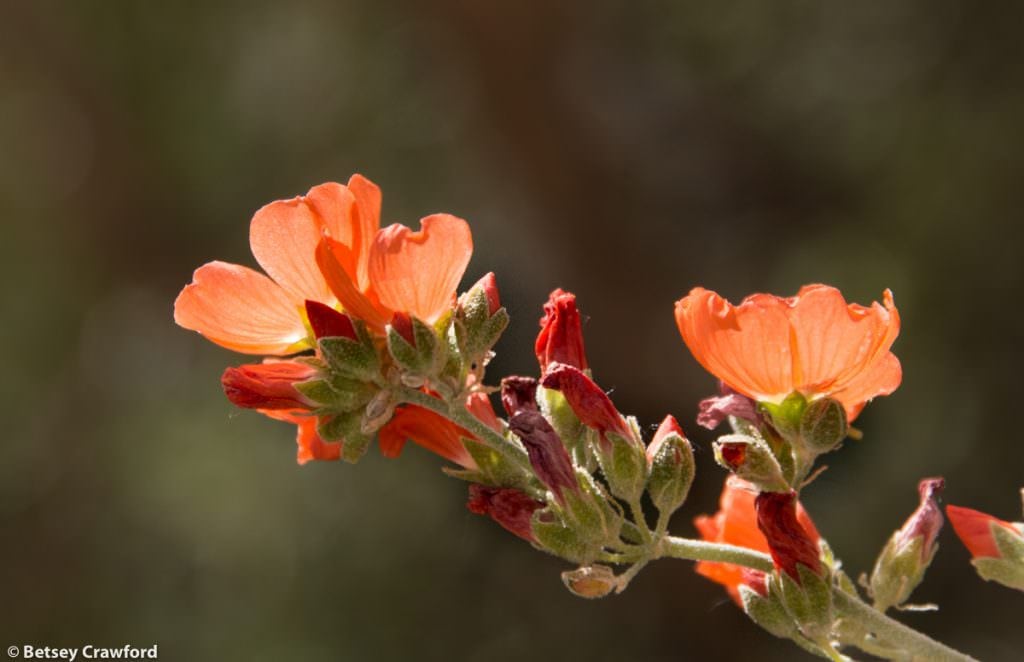
Human enjoyment of its color isn’t a flower’s first priority. Their gorgeous hues are designed to lure pollinators, and did so for eons before we showed up. Hummingbirds see in the near-ultraviolet spectrum, which makes reds, oranges and bright pinks pop out for them. Our biblical heritage, where the earth was presented to us to use and enjoy, makes it hard to accept that these beautiful colors aren’t designed for our pleasure.
Where does our delight fit in? It’s hard to think of ourselves as bystanders of all this splendor, able to enjoy it, but having no reciprocity. Do flowers know they’re loved? Have they, in fact, enslaved us by their beauty, ensuring millions of us will spend hours each day growing more and more flowers? What a great plan!
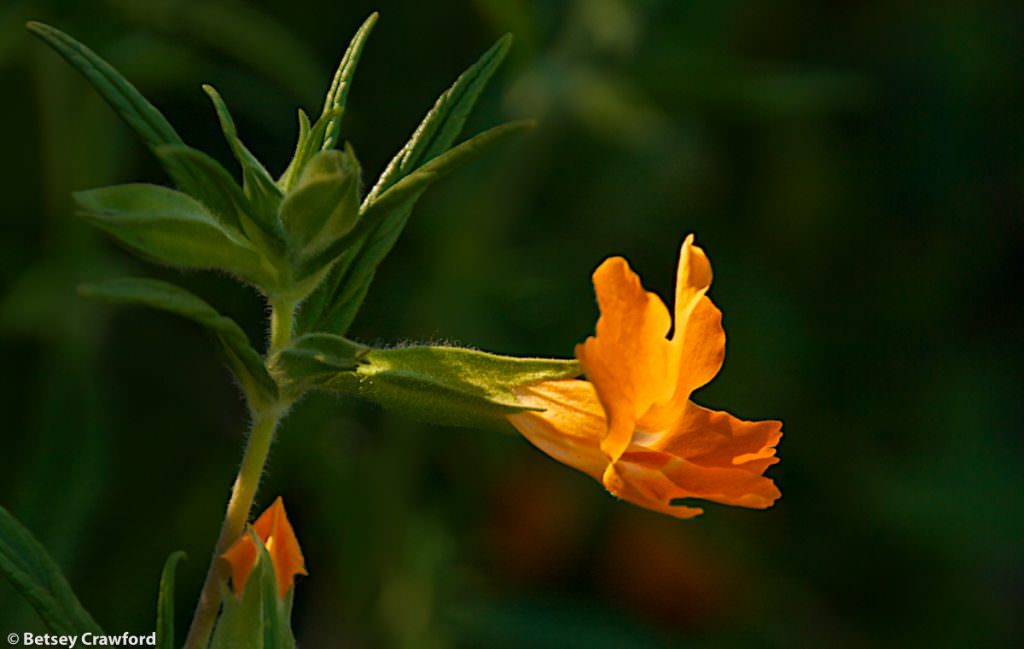
The idea that beauty nurtures us in order for us to nurture beauty reminds me of my discussion of Nicholas Humphrey’s theory that our ability to feel awe has been chosen by evolution to more deeply connect us to the earth we inhabit. To make what can be a very difficult life worth living. And the even larger idea, first introduced to me by Thomas Berry, that our consciousness has evolved to allow the cosmos to reflect on its own luminous creations.
I love the thought of the creative energies patiently working this plan, on a time frame we can’t begin to fathom. Patiently creating enough sensitive cone-shaped neurons nestled in the retina, and a powerful optic nerve traveling to a large brain. All so the universe can contemplate its own beauty, reflected in vivid orange flowers.
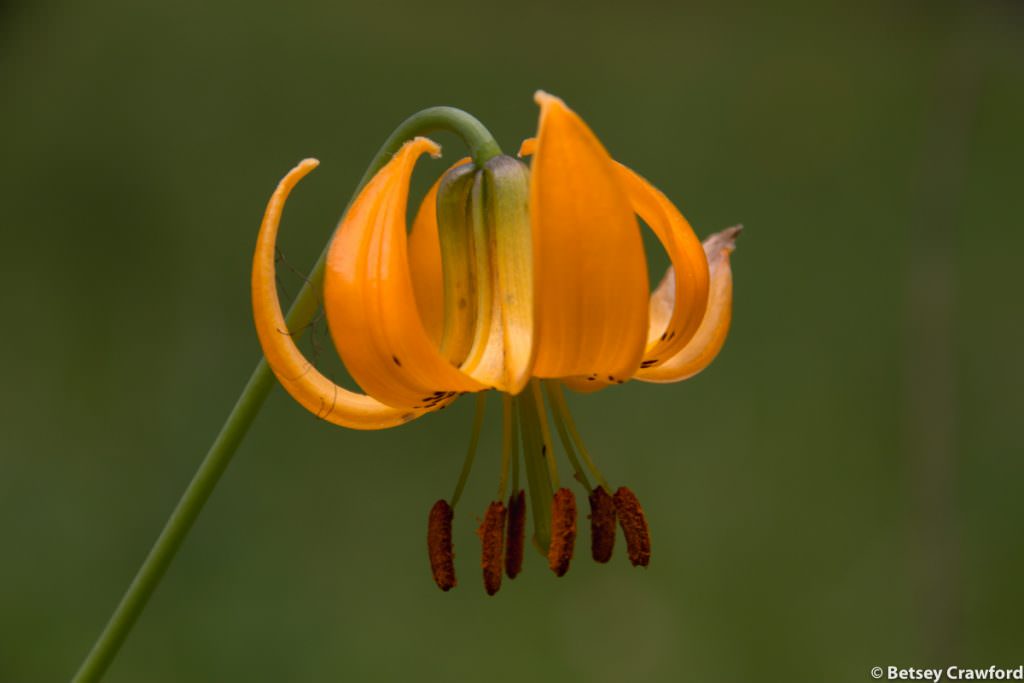
Related posts:
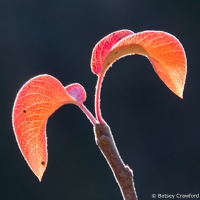
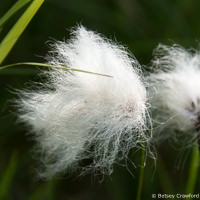
Thank you for offering so much beauty and knowledge to the rest of us!
Thank you so much, Grania. How lovely to ‘see’ you here.
Love it! Happy Halloween! Happy orange! ????????????
Orange is happy, isn’t it? At least most of the time. Also intriguing and mysterious. I’m on a quest to see if I can find any information on why it’s so rare.
Happy Halloween Betsey. Enjoyed all the gorgeous orange flowers. ????
Thanks, M!
Beauty even in the ominous. Ominous? Well, it’s orange!
xxoo K
Is orange ominous in itself? It is a very interesting color, and intriguingly rare.